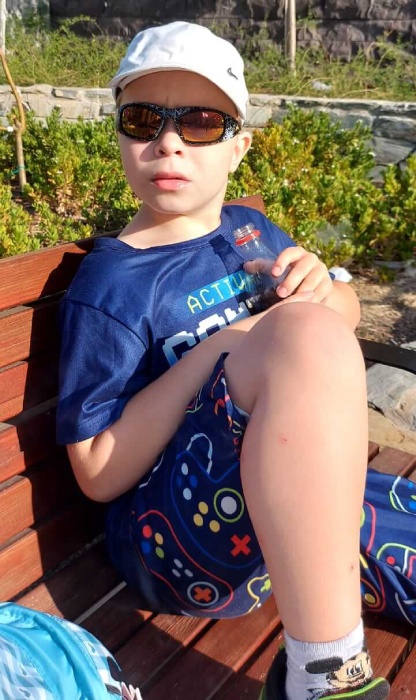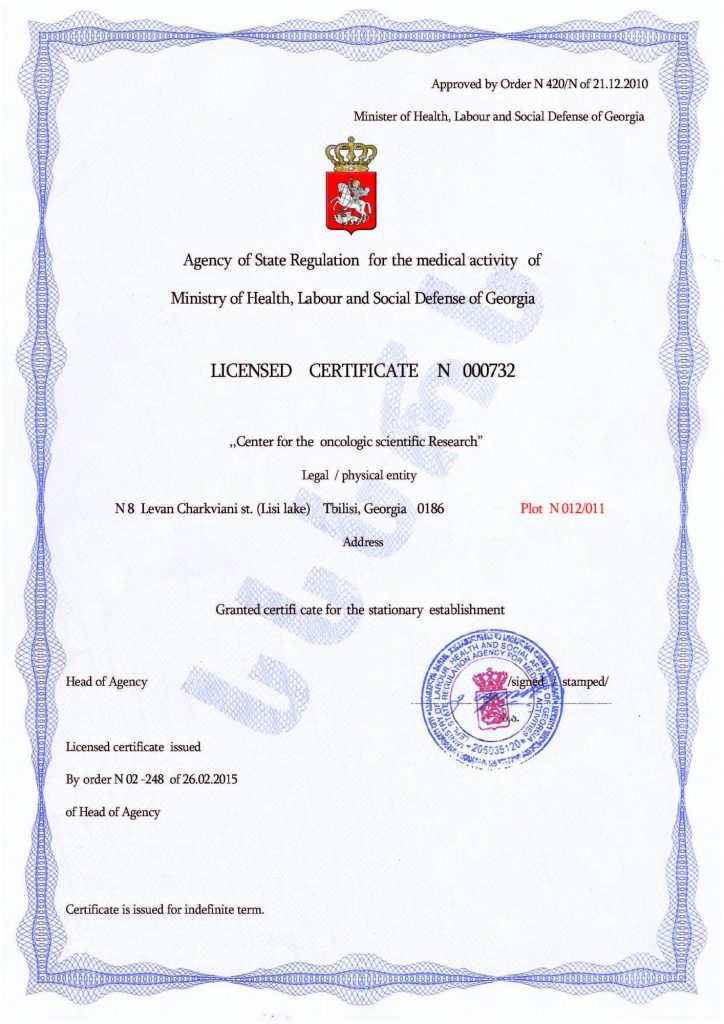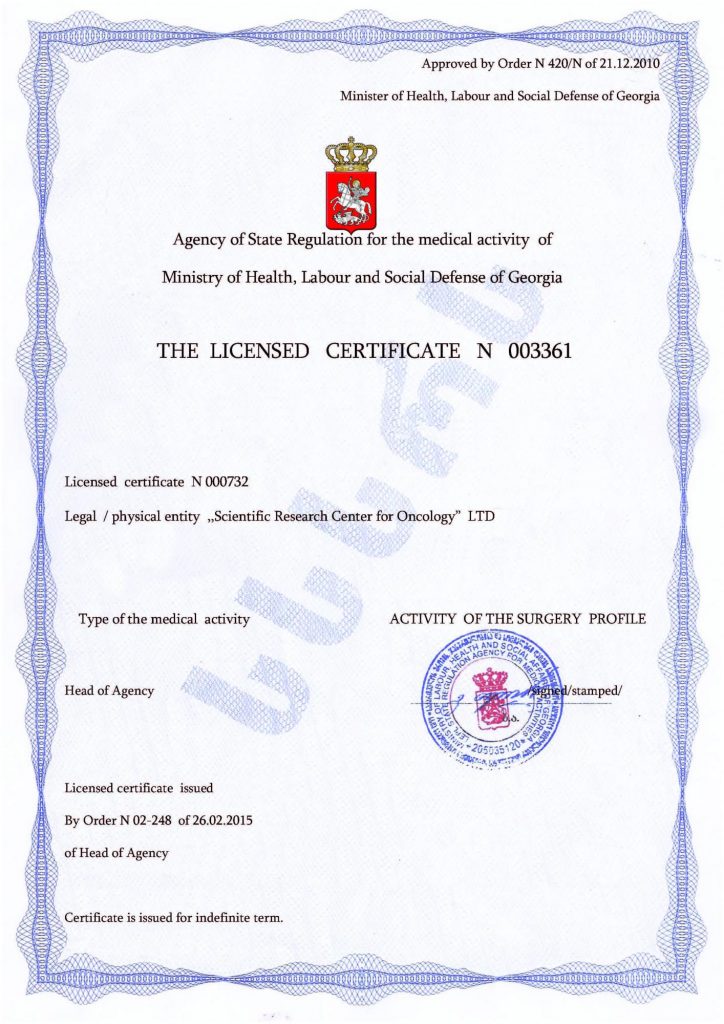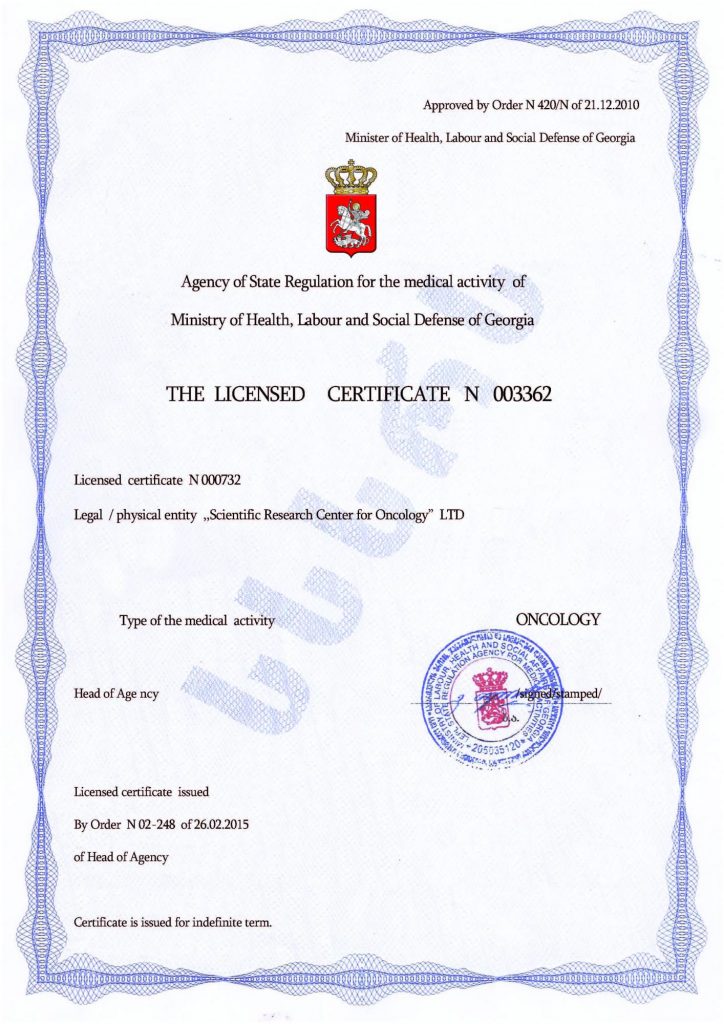How to Teach an Autistic Child Self-Care
Teaching an autistic child self-care is an important and multifaceted process that requires patience, a structured approach, and attention to the child’s individual characteristics. This task should be broken down into steps according to the child’s age. For every success in mastering a new skill, positive reinforcement should be given, and small rewards should be created.
Breaking Skills Into Steps
Each action or skill should be broken down into small, understandable steps. For example, if you are teaching the child to wash their hands, this process can be broken down into the following steps:
- Turn on the water.
- Lather the hands.
- Wash the hands.
- Rinse the hands.
- Turn off the tap.
Using Visual Cues
Many children with autism respond better to visual aids. Prepare pictures or diagrams that show the sequence of actions. For example, to teach brushing teeth, you can use pictures showing the steps of what to do.
Modeling and Demonstration
Show the child how to perform the action by doing it yourself in their presence. This is called “modeling” skills. By observing you, the child may find it easier to understand how to perform various actions.
Using Social Stories
Social stories are short narratives that explain to the child what, how, and why certain actions need to be done. For example, a story about the importance of washing hands before meals can help the child understand the purpose and context.
Using Positive Reinforcement
It is very important to motivate the child. When they perform steps correctly or with your help, make sure to praise them and provide positive reinforcement (verbal praise, toys, favorite activities, etc.).
Structured Learning (e.g., ABA Method)
Applied Behavior Analysis (ABA) is commonly used to teach children with autism. It involves clear steps for completing tasks, which require consistent practice and reinforcement. Through ABA, children are taught how to perform specific actions in a particular sequence, and repetition of these actions is essential.
Creating Routines
Autistic children often find it easier to learn and adapt in a predictable environment. Stable daily routines help children master self-care skills more quickly, as they will expect actions to repeat in the same sequence every day.
Using Sensory Approaches
Many autistic children may have heightened sensitivity to textures or sounds. Materials or methods may need to be adapted (e.g., using soft brushes or dim lighting).
Patience and Consistency
The learning process can take time. It is important to remain patient and consistent. Introduce changes gradually to avoid stress or overload.
Gradually Increasing Complexity
Once the child masters basic skills, you can slowly introduce new elements or make the process more complex. For example, once the child learns to put on simple clothes, you can move on to more complex actions, such as buttoning clothes.
Stem Cell Therapy for Childhood Autism – A Chance for a Full Life
The correction of childhood autism should be systematic from the moment the diagnosis is made. One of the most advanced and modern correction methods is stem cell transplantation for children with autism. The Mardaleishvili Medical Center has been performing these procedures for several years, with patients from various countries around the world. The vast majority of these children have successfully gone through socialization processes, receive education, and most importantly, have hope for a better future.
A full life with autism is possible! Learn more about stem cell transplantation.
Autism Treatment Center Videos
Autism treatment with own stem cells
Cord blood association congress
International Quality Crown
Autism Treatment Reviews
Autism treatment with own stem cells
The story of Alessandro (6 years old)
Autism Patient Testimonial - Stem Cell Treatment
Clients Testimonials

Anna – Sasha’s mother Read More
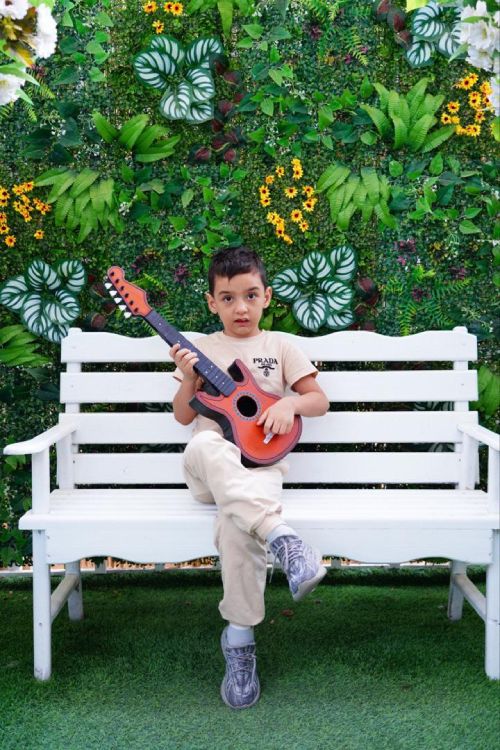
Amirkhon’s father — Tokhir Read More
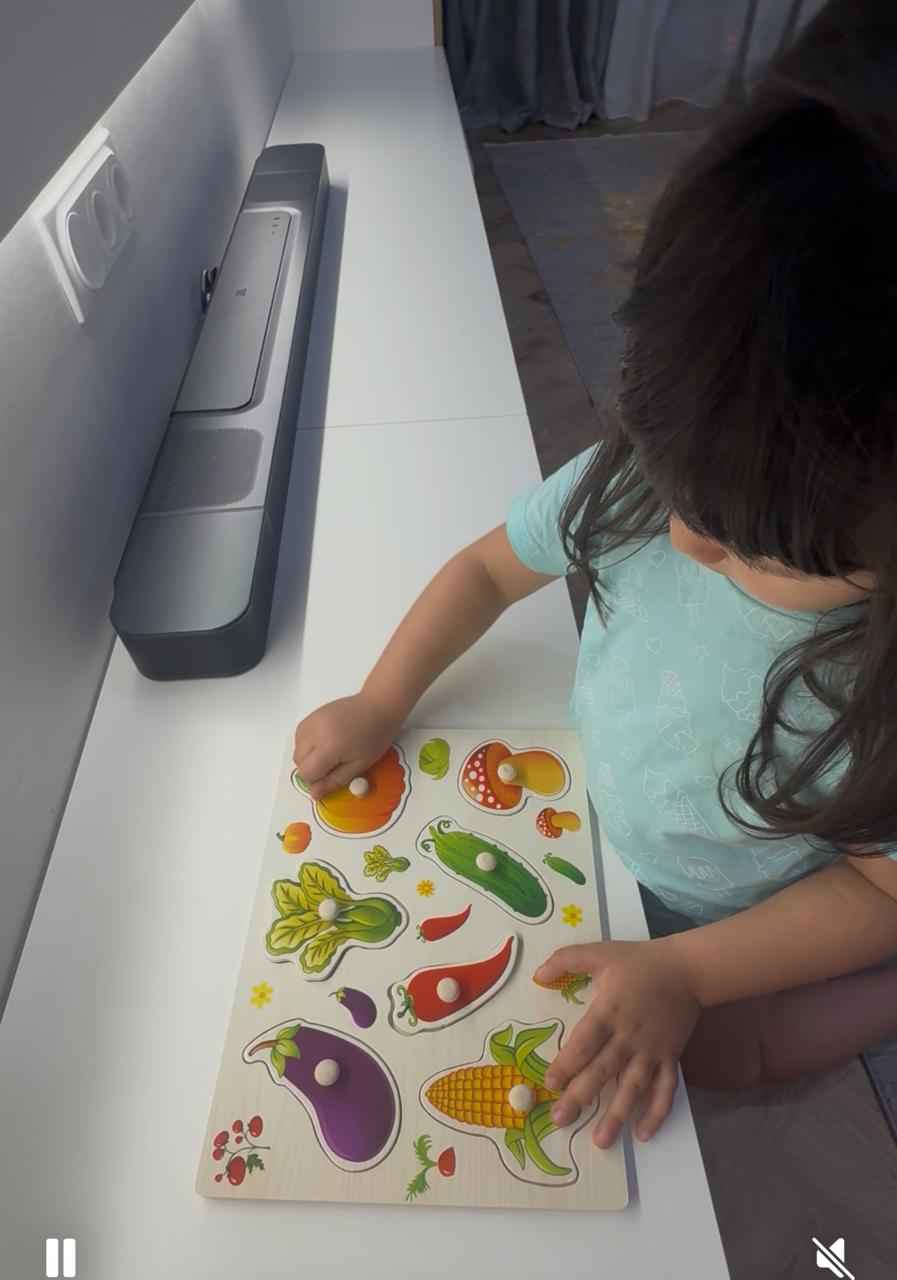
Dilana’s mother Read More

Irina and Stefan – Ilya’s parents Read More
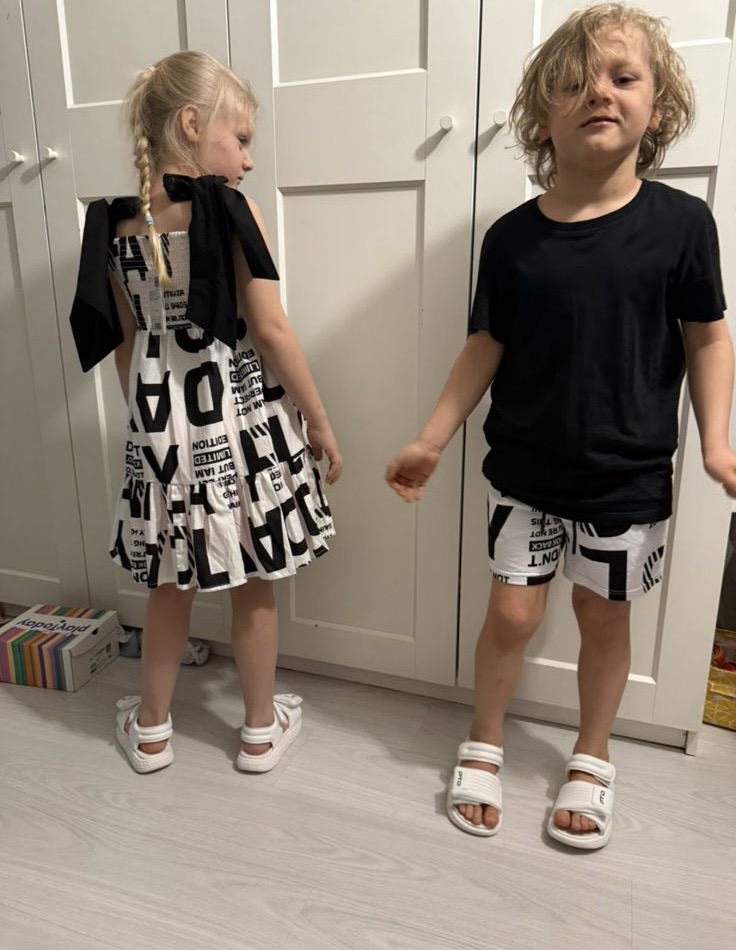
Kristina – mother of Nelly and Nik Read More
